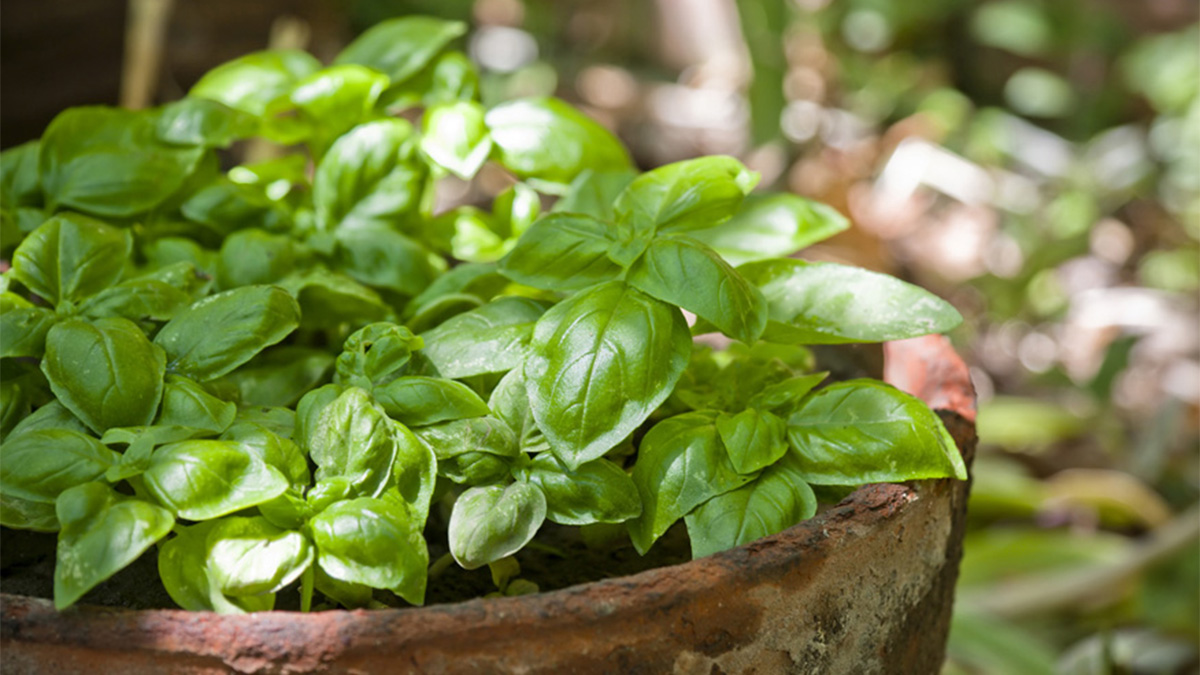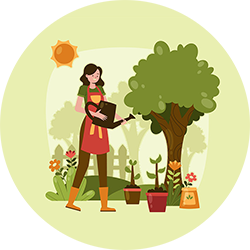Growing Basil from Seed to Harvest: Everything You Need to Know

Basil is one of the most popular and versatile herbs you can grow, perfect for everything from pesto to fresh salads. Whether you’re starting seeds indoors or planting directly in the garden, basil is a rewarding and easy addition to your herb collection. This guide will help you grow healthy, flavorful basil from seed to harvest with confidence.
Why grow basil
Basil is one of the most rewarding herbs to grow thanks to its incredible flavor and fragrance. It is widely used in dishes from pasta sauces to pestos and herbal teas. Fresh-picked basil is far superior to store-bought, making it a valuable addition to any garden.
Growing basil also helps you avoid food waste since you can harvest only what you need. It is simple to grow, making it perfect for both beginner and experienced gardeners. Plus, basil attracts pollinators and can act as a companion plant for vegetables like tomatoes.
Choosing the right basil variety
There are dozens of basil types available, each with its own unique flavor and growth habit. Genovese basil is the classic choice for Italian dishes and makes excellent pesto. Thai basil has a spicier, anise-like flavor, while lemon basil offers a refreshing citrusy note.
Consider how you plan to use basil in your kitchen when selecting a variety. Some types stay more compact, which is ideal for containers, while others grow larger and are better for garden beds. Checking seed packets can help you match the plant to your growing space.
Starting basil from seed
Start basil seeds indoors about six weeks before your last frost date, or sow directly outdoors once the soil has warmed up. Use a quality seed-starting mix in small pots or seed trays, keeping the soil moist but not waterlogged. Basil seeds germinate best in temperatures between 70 and 75 degrees Fahrenheit.
Cover seeds lightly with soil and place them in a warm, sunny spot or under grow lights. Germination usually takes about five to ten days. Thin seedlings to leave the strongest ones and avoid overcrowding.
Transplanting and spacing
Transplant basil outdoors when nighttime temperatures stay above 50 degrees Fahrenheit. Before planting, harden off seedlings by gradually introducing them to outdoor conditions over a week.
Space basil plants about 12 inches apart to allow for air circulation and healthy growth. If planting in a container, make sure the pot is large enough to support the roots and has good drainage holes.
Ideal soil and location
Basil prefers well-drained soil with a pH between 6.0 and 7.5. Work in compost or other organic matter to enrich the soil and improve texture. Choose a location that gets at least six hours of direct sunlight per day.
If you grow basil in containers, use a high-quality potting mix designed for herbs or vegetables. Proper drainage is crucial to prevent root rot, especially in pots.
Watering and feeding basil
Basil enjoys steady moisture but does not like wet feet. Water whenever the top inch of soil feels dry, and avoid overhead watering to help prevent fungal issues.
A balanced, slow-release fertilizer applied once a month can keep basil growing strong. If you notice yellowing leaves, check both your watering habits and nutrient levels to troubleshoot the problem.
Pruning and encouraging bushy growth
Start pruning basil once it has at least six sets of true leaves. Pinch off the top growth just above a pair of lower leaves to encourage branching and fuller plants. Regular pruning helps keep basil producing fresh leaves rather than going to seed.
If flower buds appear, pinch them off as soon as you see them to extend the harvest window. Flowering signals the plant to slow leaf production and focus on seeds.
Pests and disease control
Basil can be affected by pests like aphids, spider mites, and slugs. Inspect your plants regularly and remove any insects by hand or with a gentle spray of water. Neem oil and insecticidal soaps can help with more persistent pests.
Fungal diseases, including downy mildew, can also trouble basil, especially in humid conditions. Planting with proper spacing and avoiding wetting the leaves can help prevent these issues.
Harvesting basil
Begin harvesting once the plant is about six to eight inches tall. Cut stems just above a pair of healthy leaves to encourage new shoots. Harvest in the morning for the best flavor, and never remove more than one-third of the plant at a time.
Frequent harvesting helps keep the basil productive and delays flowering. Use harvested leaves fresh, or store them briefly in water like a bouquet on your counter.
Preserving your basil harvest
Basil can be dried, but freezing often preserves the flavor better. Chop and freeze it in olive oil using ice cube trays for easy portions later. You can also make and freeze pesto for a flavorful boost year-round.
For short-term storage, place basil stems in a jar of water and cover loosely with a plastic bag to keep them fresh for several days. Experiment with infused oils and vinegar to make the most of your harvest.
Conclusion
Growing basil from seed to harvest is a satisfying way to enjoy fresh herbs right at home. With the right care, you can harvest fragrant, delicious leaves all season long. Give basil a spot in your garden or containers, and enjoy the flavor and beauty it brings to your kitchen and beyond.
